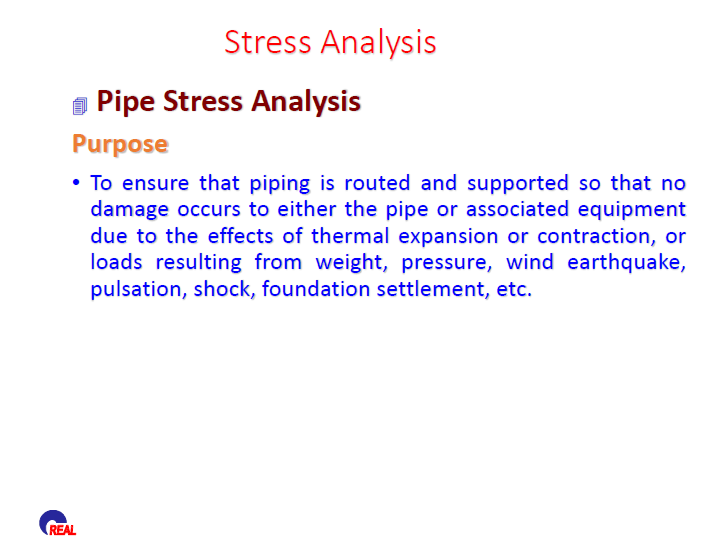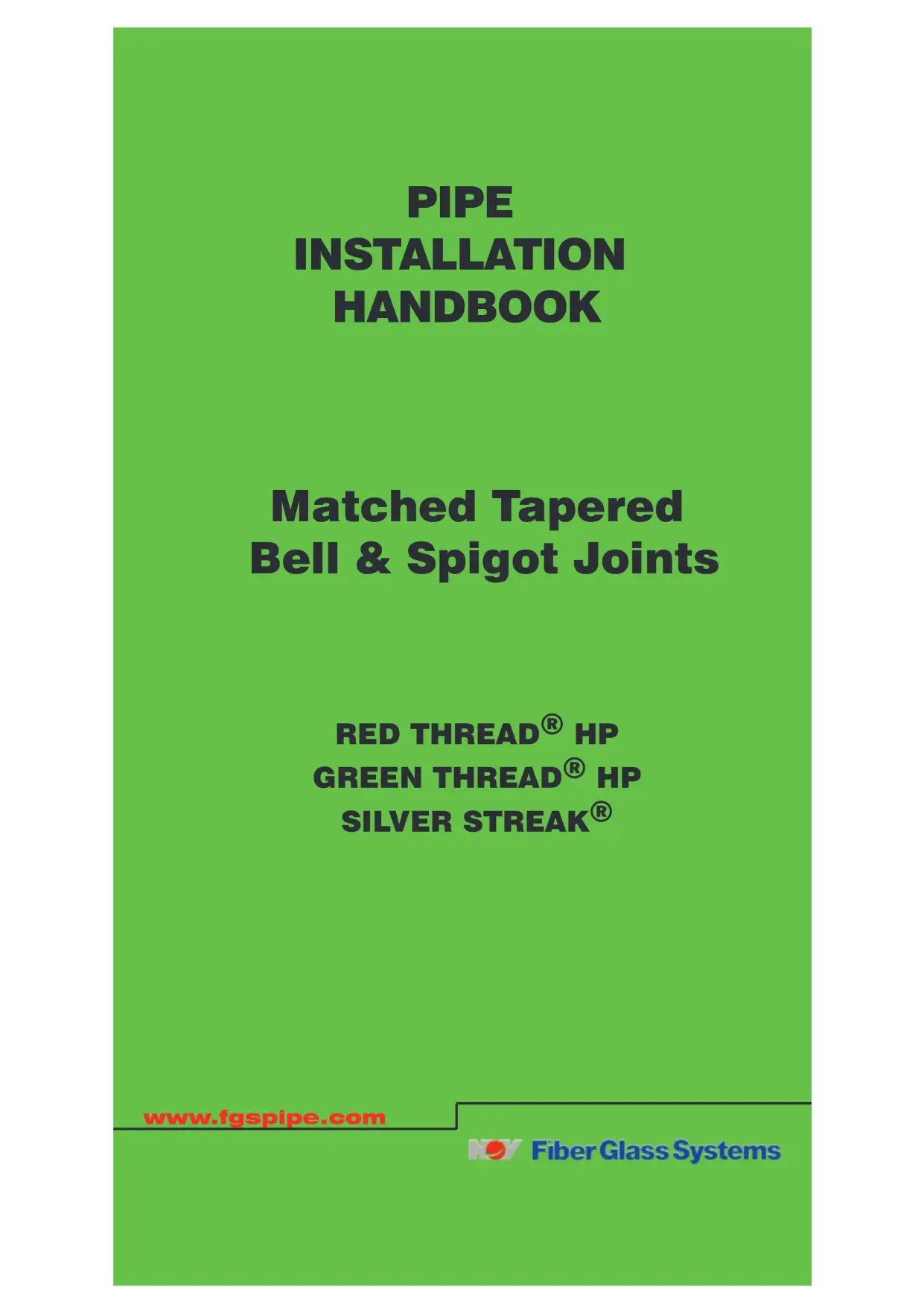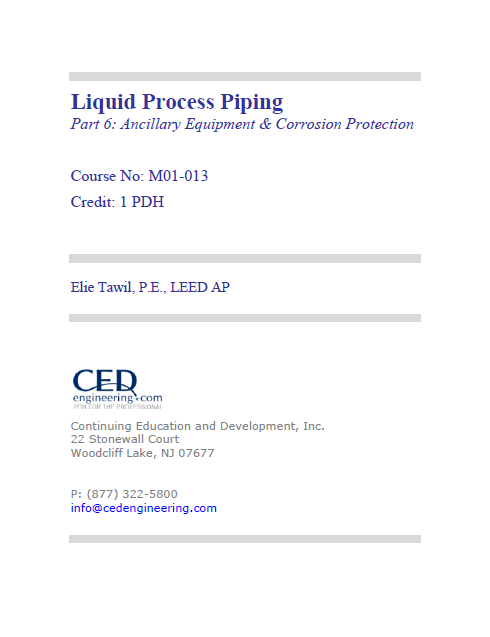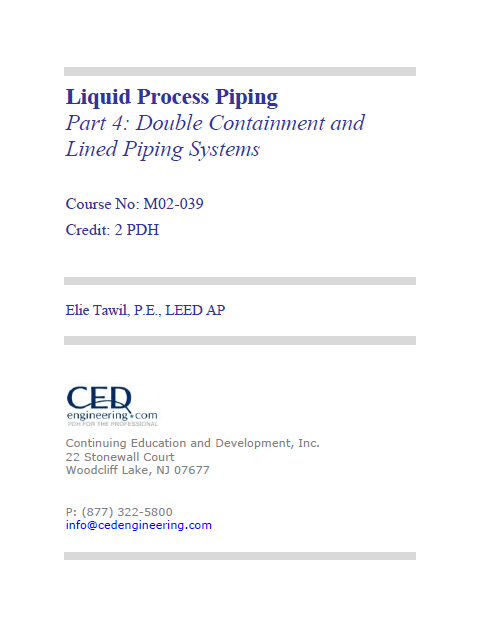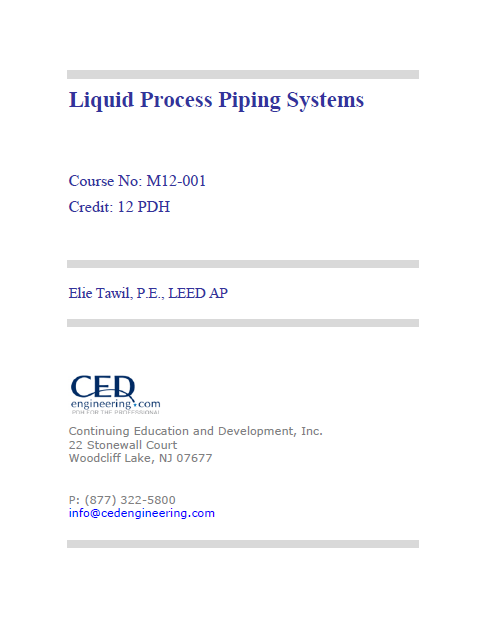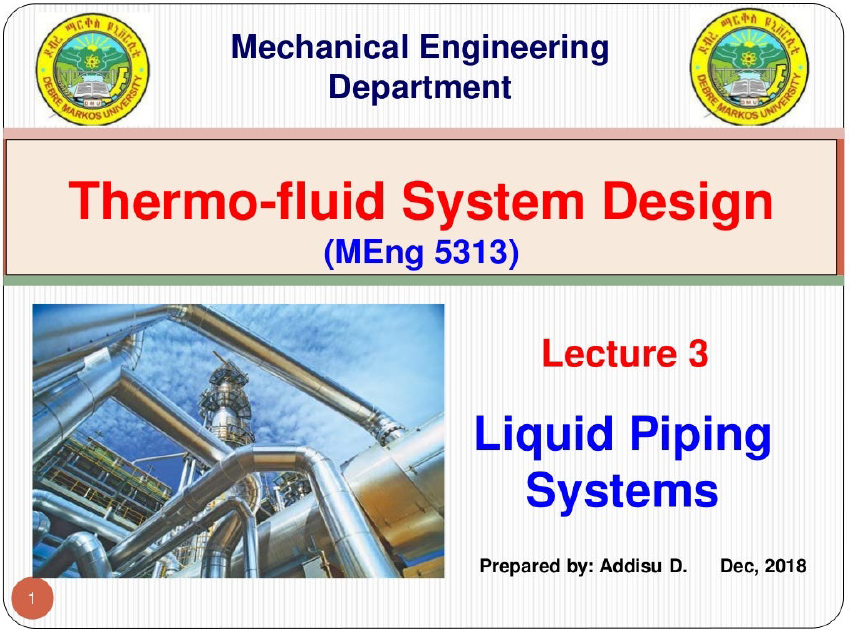Pipeline Coatings
Pipelines have effectively and efficiently transported large quantities of crude oil, natural gas, and diluted bitumen from production sites (usually remotely located) to refineries and markets. Compared to other transport modes such as rail, truck, and boat, pipelines are safer, more economic, and emit less carbon as they transport cargo across provinces, countries, and continents [Behar and Al-Azem, 2015]. With rapidly growing global demands for energy, oil and gas production has expanded substantially due to major technological advances. This expansion drives the increased need for new pipelines. For example, the U.S. is expected to achieve an average of 12.2 million barrels per day (bpd) with the production of oil, liquefied natural gas (LNG), and condensates, making it the world’s largest producer of combined crude liquids [Cope, 2014]. In Canada, it is forecasted that by 2018, approximately 3.37 million bpd oil sands will be produced [Cope, 2015]. As a result, various ambitious plans have been proposed for new-build and expansions of pipelines to gather oil/gas products for delivery to markets.
Pipeline Coatings
Pipelines have effectively and efficiently transported large quantities of crude oil, natural gas, and diluted bitumen from production sites (usually remotely located) to refineries and markets. Compared to other transport modes such as rail, truck, and boat, pipelines are safer, more economic, and emit less carbon as they transport cargo across provinces, countries, and continents [Behar and Al-Azem, 2015]. With rapidly growing global demands for energy, oil and gas production has expanded substantially due to major technological advances. This expansion drives the increased need for new pipelines. For example, the U.S. is expected to achieve an average of 12.2 million barrels per day (bpd) with the production of oil, liquefied natural gas (LNG), and condensates, making it the world’s largest producer of combined crude liquids [Cope, 2014]. In Canada, it is forecasted that by 2018, approximately 3.37 million bpd oil sands will be produced [Cope, 2015]. As a result, various ambitious plans have been proposed for new-build and expansions of pipelines to gather oil/gas products for delivery to markets.
Pipe Stress Analysis
• To ensure that piping is routed and supported so that no damage occurs to either the pipe or associated equipment due to the effects of thermal expansion or contraction, or loads resulting from weight, pressure, wind earthquake, pulsation, shock, foundation settlement, etc.
Pipe Stress Analysis
• To ensure that piping is routed and supported so that no damage occurs to either the pipe or associated equipment due to the effects of thermal expansion or contraction, or loads resulting from weight, pressure, wind earthquake, pulsation, shock, foundation settlement, etc.
Pipe Installation Handbook
Installing fiberglass pipe is easier than installing carbon steel, stainless steel, and lined steel due to its light weight. Learning the proper methods to prepare and make-up bell & spigot joints can help ensure the reliability and long-term performance of your piping system. We offer the TQI Plus (ASME B31.3) Fabrication and Assembly certification program. Qualified Field Service Representatives train fabrication and assembly crews, conduct and supervise
fabrication work, and inspect work in progress. For complete information concerning these training seminars, contact your local distributor or NOV Fiber Glass Systems.
Pipe Installation Handbook
Installing fiberglass pipe is easier than installing carbon steel, stainless steel, and lined steel due to its light weight. Learning the proper methods to prepare and make-up bell & spigot joints can help ensure the reliability and long-term performance of your piping system. We offer the TQI Plus (ASME B31.3) Fabrication and Assembly certification program. Qualified Field Service Representatives train fabrication and assembly crews, conduct and supervise
fabrication work, and inspect work in progress. For complete information concerning these training seminars, contact your local distributor or NOV Fiber Glass Systems.
Pipe Flow-Friction Factor Calculations with Excel, Course
Several kinds of pipe flow calculations can be made with the Darcy- Weisbach equation and the Moody friction factor. These calculations can be conveniently carried out with an Excel spreadsheet. Many of the calculations require an iterative solution, so they are especially suitable for an Excel spreadsheet solution. This course includes discussion of the Darcy- Weisbach equation and the parameters in the equation along with the U.S.
and S.I. units to be used. Example calculations and sample Excel spreadsheets for making the calculations are also included. This course is intended primarily for civil engineers, mechanical engineers, chemical engineers, and environmental engineers. After completing this course you will be able to make calculations with the Darcy Weisbach equation and the Moody friction factor equations to calculate several different unknown parameters when sufficient input data is provided. You will also be prepared to use Excel spreadsheets to efficiently make the calculations.
Pipe Flow-Friction Factor Calculations with Excel, Course
Several kinds of pipe flow calculations can be made with the Darcy- Weisbach equation and the Moody friction factor. These calculations can be conveniently carried out with an Excel spreadsheet. Many of the calculations require an iterative solution, so they are especially suitable for an Excel spreadsheet solution. This course includes discussion of the Darcy- Weisbach equation and the parameters in the equation along with the U.S.
and S.I. units to be used. Example calculations and sample Excel spreadsheets for making the calculations are also included. This course is intended primarily for civil engineers, mechanical engineers, chemical engineers, and environmental engineers. After completing this course you will be able to make calculations with the Darcy Weisbach equation and the Moody friction factor equations to calculate several different unknown parameters when sufficient input data is provided. You will also be prepared to use Excel spreadsheets to efficiently make the calculations.
Pipe Inspection Manual
The New Zealand Pipe Inspection Manual 3rd Edition has been prepared in order to provide:
• An overview of the tasks that can be completed using Closed Circuit Television (CCTV) and how these activities can be used to manage wastewater and stormwater assets.
• A standardised set of codes for recording observations noted during CCTV inspections.
• An outline of good practice procedures for carrying out CCTV inspections and for processing and analysing the information collected.
• Standard Technical Specifications and Model Conditions of Contract for use when engaging CCTV contractors.
Pipe Inspection Manual
The New Zealand Pipe Inspection Manual 3rd Edition has been prepared in order to provide:
• An overview of the tasks that can be completed using Closed Circuit Television (CCTV) and how these activities can be used to manage wastewater and stormwater assets.
• A standardised set of codes for recording observations noted during CCTV inspections.
• An outline of good practice procedures for carrying out CCTV inspections and for processing and analysing the information collected.
• Standard Technical Specifications and Model Conditions of Contract for use when engaging CCTV contractors.



